Secrets of the Upscale-Office Indoor Plants?
joel_bc
17 years ago
Related Stories
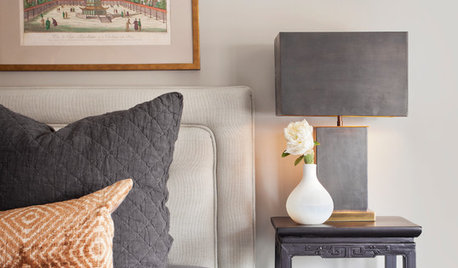
FURNITURE10 Secrets of Successful Secondhand Furniture Shopping
Design professionals offer tips on how, where and what to buy
Full Story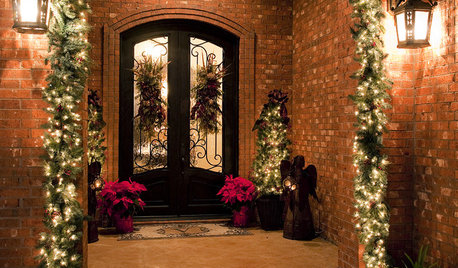
MOST POPULARA Contractor's Secrets to Hanging Holiday Decor
Hang a wreath or garland on brick, concrete, Sheetrock or wood the professional way — and avoid the potential pitfalls
Full Story
HEALTHY HOMEA Guide to Indoor Air Purifiers
Get the lowdown on air filtration systems for your house and the important ratings to look out for
Full Story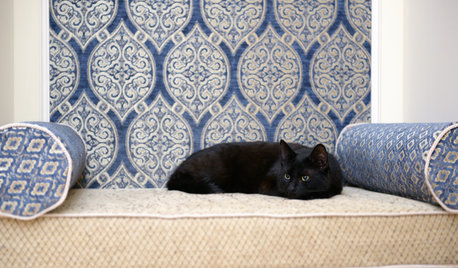
PETS10 Tips for Keeping Indoor Cats Healthy and Happy
It's National Cat Day: Ask not what your cat can do for you (because it will ignore you) but what you can do for your cat
Full Story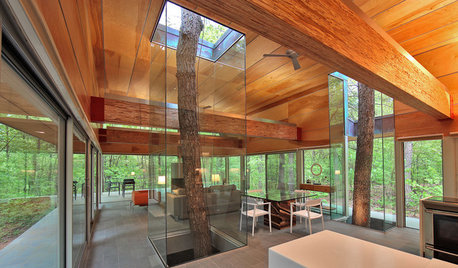
DECORATING GUIDES10 Tree-Hugging Interiors That Work Around Nature
Bursting up through the floor, planted in an indoor patio or potted in any room you choose, trees bring an elegance that's organic
Full Story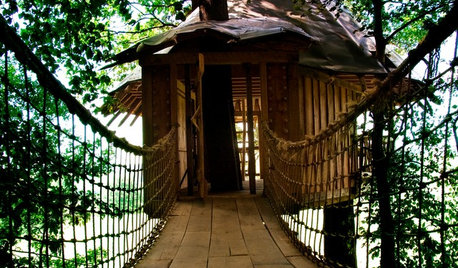
OUTBUILDINGS12 Fun Backyard Forts Grown-Ups Can Love, Too
Kids might use them for secret meetings, but the word is out on these tree houses and playhouses that consider adult design tastes
Full Story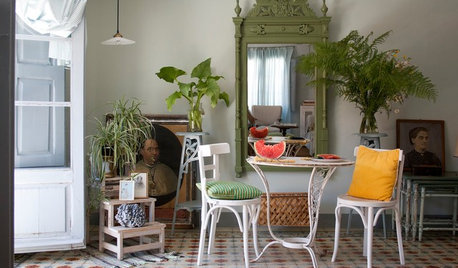
DECORATING GUIDES13 Ways to Give Your Home a Garden-Inspired Look
Outdoor elements like trellises, antique tools, slate and garden gates have a special place indoors
Full Story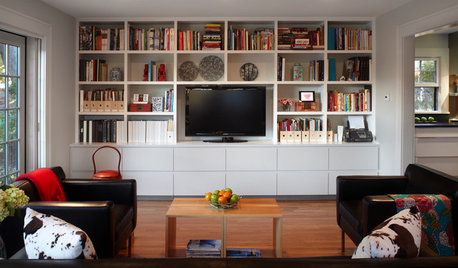
GREAT HOME PROJECTS25 Great Home Projects and What They Cost
Get the closet of your dreams, add a secret doorway and more. Learn the ins and outs of projects that will make your home better
Full Story
FALL GARDENINGHouzz Call: Show Us Your Fall Color!
Post pictures of your fall landscape — plants, leaves, wildlife — in the Comments section. Your photo could appear in an upcoming article
Full Story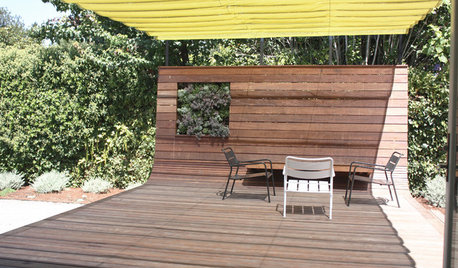
DECKSA Family-Friendly California Yard Wises Up About Water
Pavers and unthirsty plants replace Kentucky bluegrass in a Menlo Park landscape for a family of 4
Full StorySponsored
Columbus Design-Build, Kitchen & Bath Remodeling, Historic Renovations








greenelbows1
birdsnblooms
Related Discussions
I Discovered the SECRET
Q
UPDATE: Cassie's March Check In for 2005 Secret Pal
Q
UPDATE: Kathy547's Secret Pal Swap....October Check-In
Q
UPDATE: Secret Santa 2011 games, thanks and more (#4)
Q
brendainva
nick_b79
ines_99
buyorsell888
joel_bcOriginal Author
ines_99
watergal
ooojen
brendainva
joel_bcOriginal Author
buyorsell888
watergal
joel_bcOriginal Author
watergal
LibbyLiz
grrr4200
watergal
ooojen
pepperomia
greenelbows1
watergal
urbangreenscaper
ooojen
karyn1
bocasite